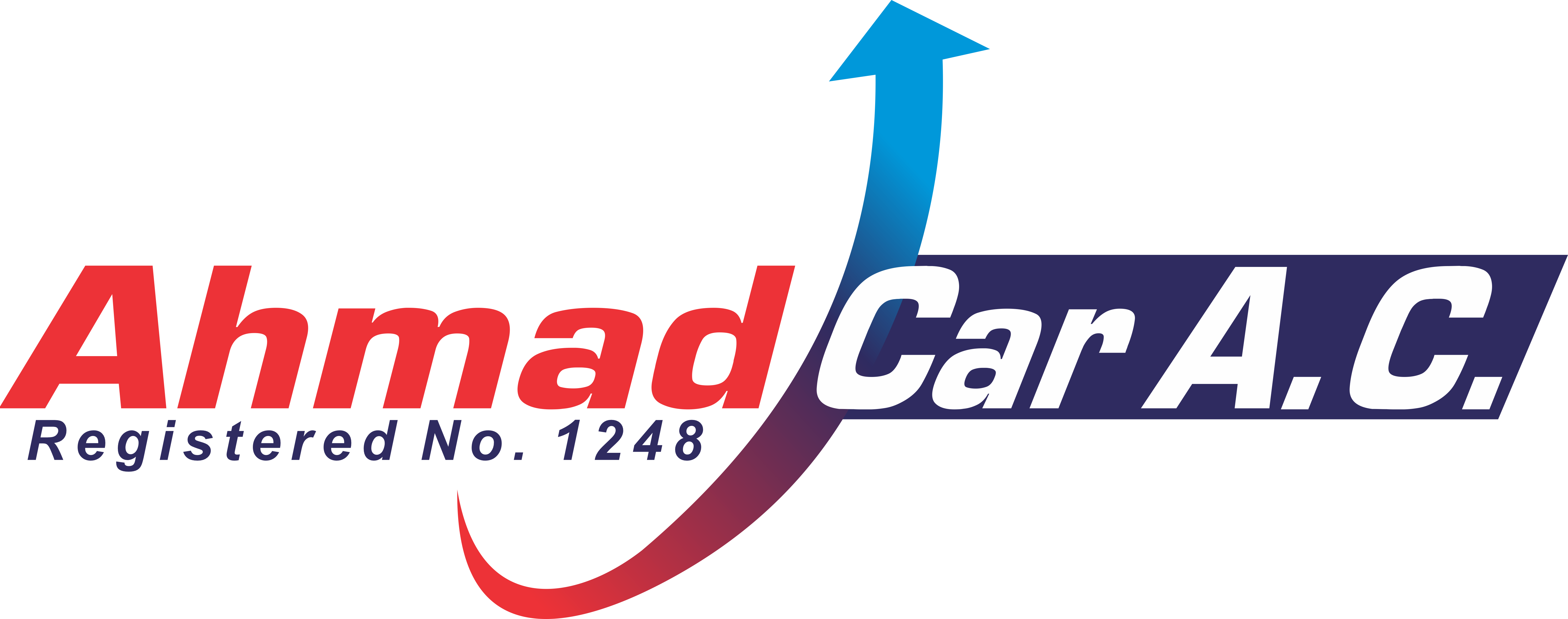Understanding the Role and Function of Blower Motors in HVAC Systems
- Home
- Understanding the Role and Function of Blower Motors in HVAC Systems
-
By: aadmin
- Comments Off on Understanding the Role and Function of Blower Motors in HVAC Systems
Understanding the Role and Function of Blower Motors in HVAC Systems
Blower motors represent the indispensable powerhouse within HVAC (Heating, Ventilation, and Air Conditioning) systems, orchestrating the vital task of air circulation throughout residential, commercial, and industrial spaces. Embedded within the intricate framework of air handling units or furnaces, these motors play a pivotal role in maintaining optimal indoor environments by ensuring the consistent distribution of conditioned air. Understanding the multifaceted significance of blower motors in HVAC systems requires delving into their function, types, working principles, and overarching importance in achieving comfort, efficiency, and air quality.
At the core of their operation, blower motors serve as the driving force behind the movement of air within HVAC systems. Positioned strategically, often within the confines of air handling units or furnace assemblies, blower motors draw in ambient air through return ducts. This air is then propelled over heating or cooling elements, where it undergoes the necessary treatment to achieve the desired temperature and humidity levels. Subsequently, the conditioned air is channeled through supply ducts, distributing it evenly across various spaces within the building. By orchestrating this continuous flow of air, blower motors lay the foundation for maintaining comfortable indoor environments conducive to occupant well-being and productivity.
Blower motors come in a variety of types, each tailored to meet specific performance requirements and system configurations. Single-speed blower motors, for instance, operate at a fixed speed, delivering a consistent airflow rate suitable for basic HVAC systems. Conversely, multi-speed blower motors offer increased versatility by providing multiple speed settings, enabling variable airflow control to accommodate fluctuating heating and cooling demands. These motors find widespread application in residential and light commercial settings, where flexibility in airflow regulation is paramount. At the pinnacle of blower motor technology lie variable-speed models, boasting advanced electronics that facilitate continuous and precise control over airflow rates. Variable-speed blower motors adapt dynamically to changing system conditions, optimizing energy efficiency, comfort, and humidity control in high-efficiency HVAC systems and sophisticated zoning applications.
The operational principles governing blower motors are rooted in the interplay of electromagnetism and rotational motion. Upon receiving electrical power, the motor generates a magnetic field within its windings, setting the rotor into rotational motion. This rotational energy is then transmitted to the fan blades attached to the rotor, propelling them forward and creating the requisite airflow within the HVAC system. The speed at which the blower motor operates, and consequently the airflow rate it produces, is determined by the voltage supplied to the motor and its inherent design characteristics. Through this elegant fusion of electrical and mechanical processes, blower motors fulfill their pivotal role as the driving force behind air circulation in HVAC systems.
The importance of blower motors transcends mere air distribution, extending to critical aspects such as energy efficiency, temperature regulation, humidity control, and indoor air quality. By maintaining consistent airflow throughout the building, these motors facilitate the efficient operation of HVAC systems, optimizing heating and cooling performance while minimizing energy consumption. Furthermore, blower motors play a pivotal role in regulating indoor temperatures and humidity levels, ensuring comfort and preventing issues such as mold growth and moisture accumulation. Additionally, by facilitating the removal of indoor pollutants, allergens, and odors, blower motors contribute to enhancing indoor air quality, fostering healthier and more breathable environments for building occupants.
In conclusion, blower motors stand as indispensable components within HVAC systems, driving the circulation of conditioned air to maintain comfortable, efficient, and healthy indoor environments. Through their intricate design, diverse types, and seamless integration into HVAC systems, blower motors uphold the pillars of comfort, energy efficiency, and air quality in residential, commercial, and industrial settings alike. As the silent champions of air distribution, blower motors continue to shape the landscape of modern HVAC technology, ensuring that occupants enjoy optimal comfort and well-being within the spaces they inhabit.

